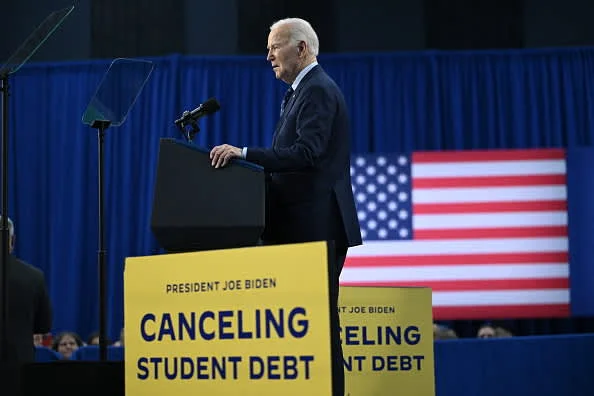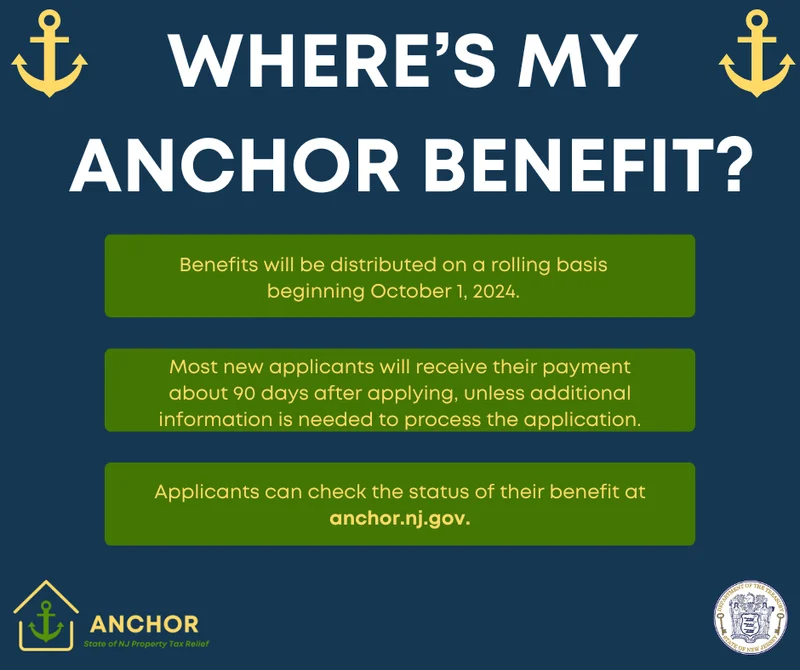Education Department Student Loans: Reforms vs. Wendy's Closings
Student Loans: Are We Kidding Ourselves?
The Department of Education just finalized some "sweeping reforms" to the student loan system, under the One Big Beautiful Bill Act (OBBBA). The goal, as they put it, is to "simplify repayment, cap excessive borrowing, and impose greater accountability." On paper, it sounds fantastic. But let's dig into the numbers, shall we?
The Grad PLUS Problem & the $100k Question
The centerpiece seems to be the elimination of the Grad PLUS program, and new caps on borrowing. Starting in July 2026, grad students are limited to $20,500 a year, topping out at $100,000. Professional students get a bit more leeway: $50,000 annually, $200,000 total. The old system, as the DOE notes, let people borrow up to the cost of attendance.
Here's where the first red flag pops up. The DOE is patting itself on the back for capping loans, but is $100,000 enough? Or, more accurately, is it too much for some programs? What's the expected ROI on a $100,000 degree in, say, Gender Studies versus a $200,000 medical degree? (I know, I know, comparing apples to oranges, but stay with me). The cap might prevent some egregious over-borrowing, but it also creates a new baseline. Will universities simply adjust tuition to meet these new loan limits, effectively nullifying the intended cost-saving effect? It's a question worth asking.
And this is the part of the report that I find genuinely puzzling. The DOE highlights Under Secretary Nicholas Kent's claim that these reforms will "drive a sea change" and "hold universities accountable." Accountable how? There's no mention of specific metrics, enforcement mechanisms, or penalties for institutions that consistently churn out graduates with unmanageable debt and dismal job prospects. It's all aspirational language, devoid of concrete details. It’s like saying we’re going to fix the leaky faucet by thinking really hard about not wasting water.

Repayment Assistance Plan (RAP): A Streamlined Mirage?
The DOE also touts a "streamlined Repayment Assistance Plan (RAP)" to replace the "labyrinthine array of repayment options." Streamlining sounds great. Complexity is the enemy of efficiency, after all. But what are the terms of this RAP? What percentage of income will borrowers be expected to pay? What's the interest rate? What happens if someone loses their job or faces unexpected financial hardship? The press release is suspiciously silent on these crucial details.
This lack of transparency is concerning. It’s like a magician distracting you with a flashy wave of the hand while palming the real trick. We're told the system will be simpler, but we're not shown how it will be simpler, or whether that simplicity comes at the expense of borrower flexibility or affordability. I've looked at hundreds of these policy announcements, and this lack of specifics is usually a sign that the devil is in the details, and those details aren't pretty.
A Collaborative Process…Or Just Good PR?
The DOE emphasizes the "collaborative" nature of the RISE Committee's work, highlighting how they "refined its proposed regulations in over a dozen areas" based on feedback. Negotiated rulemaking, they call it. Sounds democratic, right? But how representative was this committee? Who were the stakeholders involved? Were student advocacy groups adequately represented, or were the proceedings dominated by university administrators and loan industry lobbyists? The DOE doesn't say.
And here's my methodological critique: Relying on the DOE's own press release for information about these reforms is inherently problematic. It's like asking a car salesman if the car is a good deal. Of course, they're going to say yes! A truly objective assessment would require access to the full transcripts of the RISE Committee meetings, detailed analyses of the proposed regulations, and independent evaluations of their potential impact on borrowers and institutions. The US Education Department finalizes major student loan reforms, capping graduate borrowing and simplifying repayment.
Smoke and Mirrors?
The DOE's reforms might make a difference. But without concrete details, measurable metrics, and genuine accountability, it's hard to shake the feeling that we're being sold a bill of goods. A smaller bill, perhaps, but still a bill.
-

Warren Buffett's OXY Stock Play: The Latest Drama, Buffett's Angle, and Why You Shouldn't Believe the Hype
Solet'sgetthisstraight.Occide...
-

The Great Up-Leveling: What's Happening Now and How We Step Up
Haveyoueverfeltlikeyou'redri...
-

The Business of Plasma Donation: How the Process Works and Who the Key Players Are
Theterm"plasma"suffersfromas...
-

NJ's ANCHOR Program: A Blueprint for Tax Relief, Your 2024 Payment, and What Comes Next
NewJersey'sANCHORProgramIsn't...
-

The Future of Auto Parts: How to Find Any Part Instantly and What Comes Next
Walkintoany`autoparts`store—a...
- Search
- Recently Published
-
- Personal Injury Attorneys: What the Numbers Reveal About Top Firms
- Alibaba Stock: What's Driving the Price Action
- Yann LeCun: His Latest Vision and Future Insights
- BMO: Unlocking the Future of Finance, One Innovation at a Time
- The Rivian Stock Surge: An Analysis of the Rally and Its Sustainability
- Canton Network: The Hype, The Price, and The Inevitable Letdown
- WSAZ: Live News, Weather Data, and Regional Reports
- Ore: The Future of Everything?
- Monero's Privacy Surge: Price, Mining, and What the Crypto World Wants – What Reddit is Saying
- Comerica Bank: Locations, Hours, and the Quest for Customer Service
- Tag list
-
- carbon trading (2)
- Blockchain (11)
- Decentralization (5)
- Smart Contracts (4)
- Cryptocurrency (26)
- DeFi (5)
- Bitcoin (29)
- Trump (5)
- Ethereum (8)
- Pudgy Penguins (6)
- NFT (5)
- Solana (5)
- cryptocurrency (6)
- XRP (3)
- Airdrop (3)
- MicroStrategy (3)
- Stablecoin (3)
- Digital Assets (3)
- PENGU (3)
- Plasma (5)
- Zcash (6)
- Aster (4)
- investment advisor (4)
- crypto exchange binance (3)
- SX Network (3)
